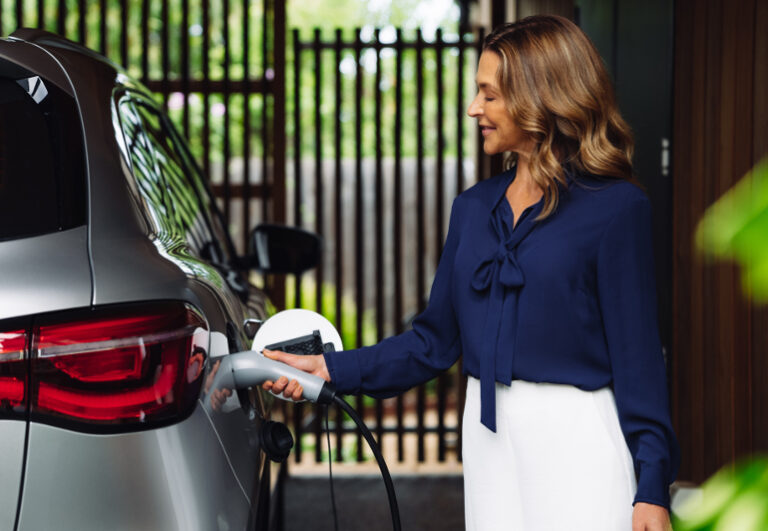Charging electric fleet cars at home has become one of the many problems Fleet Managers need to solve as they plan and implement a transition to low and zero emission vehicles.
Most organisations are focusing on the infrastructure and software to identify genuine business-use though as the rate of EV adoption increases, the lines will blur between electricity used for personal and business vehicles.
In March 2023 the ATO issued a draft guideline (PCG 2023/D1) titled Electric vehicle home charging rate – calculating electricity costs when charging a vehicle at an employee’s or individual’s home which plans to address both fringe benefits tax and income tax issues and provide a methodology to enable users of electric vehicles to determine an approximate cost for the electricity when charging an electric vehicle at home.
It proposes using a logbook and a cents per kilometre rate of 4.2 cents for the 2022/23 FBT year, or FY2022/23.
According to the ATO, the rate is based on the State and Territory new motor vehicle registrations data (2014-2020), electrical consumption rates (watt hours per km) from the Electric Vehicle Database and Green Vehicle Guide, and the Australian Energy Market Commission State and Territory electricity prices to derive the long term population-weighted national average electricity cost.
A final determination is expected in February which should provide clear direction for organisations allowing employees to charge their EVs at home with confidence.
The other population of EV buyers waiting for guidance are people that have taken advantage of the Electric Car Discount Bill and used novated leasing to get into an electric car without the burden of paying Fringe Benefits Tax.
Unfortunately the advice does not apply to Plug-in Hybrid vehicles (PHEV) because they are not considered to be a zero emission vehicle.
There are also some other conditions which will restrict the application of this ruling:
- A choice needs to be made if the vehicle is charged at a commercial (public) charging stations during the claim period. You cannot use the logbook method and claim the commercial charging costs.
- The same method must be used for the entire income year or FBT year for the vehicle. (Different methods can be used for different vehicles).
The ATO says employers or individuals can choose to use an actual cost method of electricity usage instead of the logbook method outlined in the draft guidance. Using commercial charging stations 100% of the time for EV charging would make this simple and the normal record-keeping rules would apply. It’s unclear what would be acceptable using home charging.






